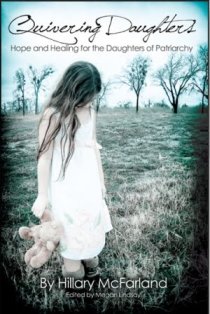Marc Hauser is an evolutionary biologist on the faculty of Harvard College, which is (of course) a part of Harvard University. His research blends evolutionary biology and cognitive neuroscience, and one of his areas of interest is the evolutionary origins of morality. In 2006, he wrote a book called Moral Minds: How Nature Designed a Universal Sense of Right and Wrong, and in it he argues that millions of years of natural selection have produced what he calls a “moral grammar.” Essentially, this moral grammar is a set of principles that are based on the causes of actions and their resulting consequences, and it allows us to build moral systems without reference to religion.
If you follow the news of science at all, you know that Marc Hauser took a leave of absence from Harvard, because the university began an investigation that eventually led to a declaration that Hauser was guilty of eight instances of scientific misconduct. While Harvard has yet to reveal the exact nature of the misconduct involved, it is related to both published and unpublished studies. One paper co-authored by Hauser has already been retracted, and there are widespread concerns about several other papers. According to the journal Science,
Hauser is the only author common to all of them.1
This, of course, is the “irony” referenced in the title. An expert in the evolution of morality has been found guilty of scientific misconduct, which (of course) is not exactly moral.




